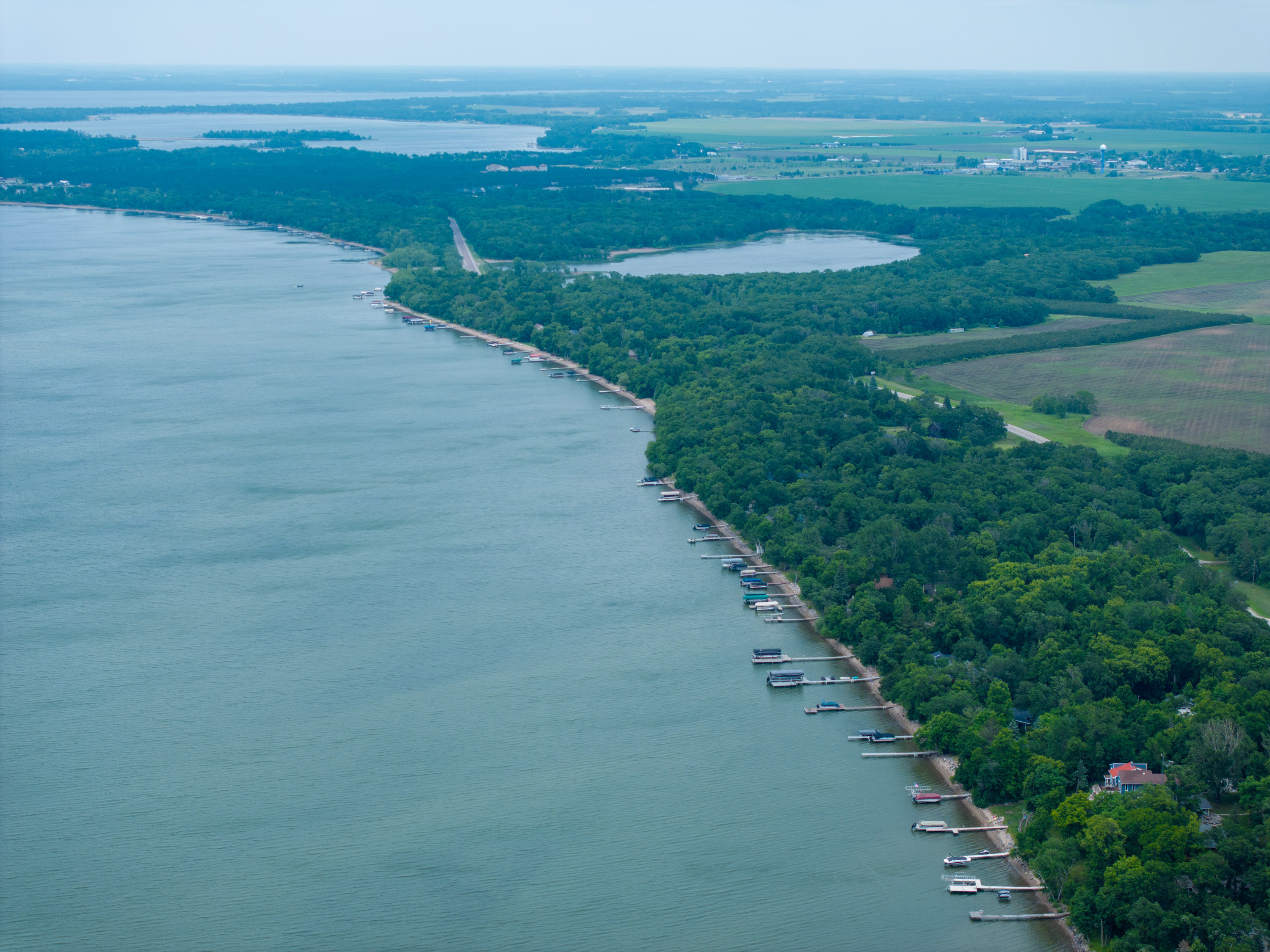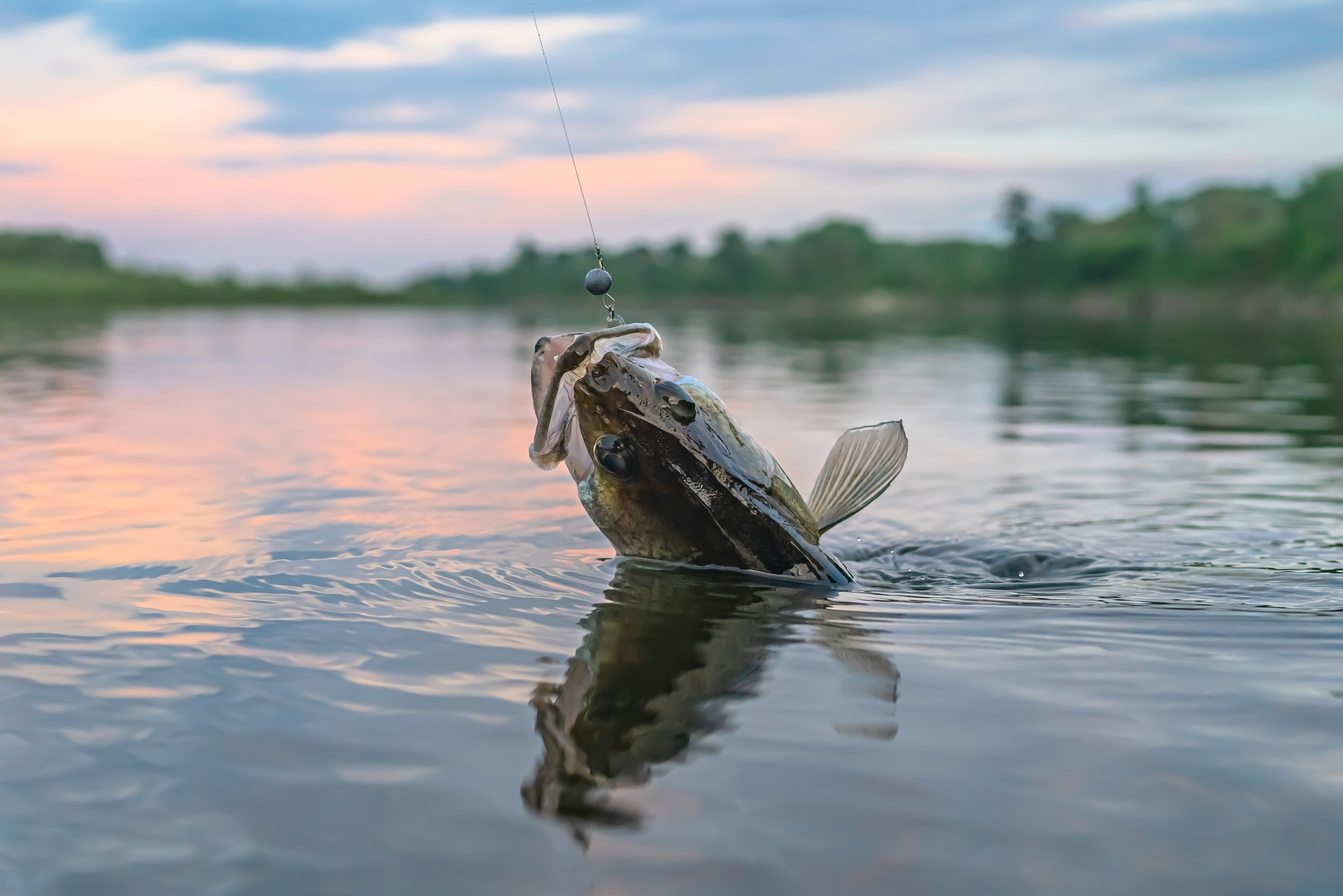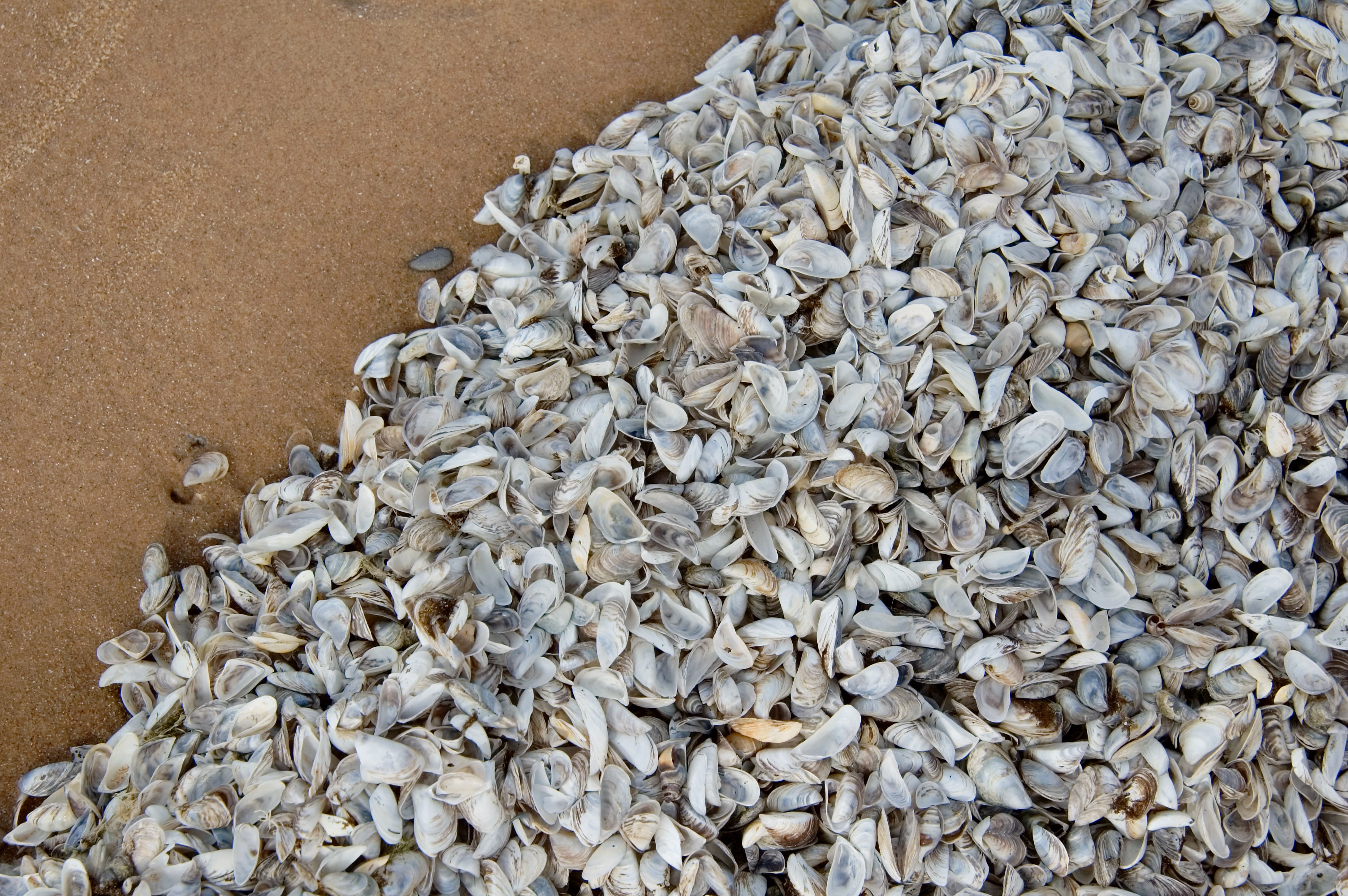
From glacial formation to modern fishing paradise—the story of Minnesota's premier walleye destination
A Note from Enclave Marine: As Battle Lake's leading dock and boat lift specialists serving Otter Tail Lake for over a decade, we've witnessed countless anglers experience the thrill of this legendary walleye fishery. Our deep connection to these waters and the fishing community drives our commitment to preserving what makes this lake special for future generations.
Nestled in the heart of west-central Minnesota, Otter Tail Lake has been drawing anglers to its pristine waters for generations. The story of walleye in this legendary fishery reflects both the natural bounty of Minnesota's lake country and the careful stewardship that has kept these prized gamefish thriving for centuries.

Otter Tail Lake spans an impressive 13,725 acres, making it the tenth largest lake completely within Minnesota's borders and the crown jewel of Otter Tail County, which boasts more lakes than any other county in the entire United States. The lake reaches depths of 120 feet, though more than half of its waters are 15 feet deep or less—creating what walleye biologists consider near-perfect habitat conditions.
What makes this lake exceptional is its glacial heritage. The Wisconsin Glaciation carved this basin approximately 10,000 years ago, leaving behind the sandy and gravel bottom that, combined with excellent water clarity averaging 10.5 feet, provides ideal conditions for walleye spawning and feeding. The lake's unique "point" feature essentially divides it into eastern and western halves, creating the diverse underwater structure that walleye populations need to thrive.
Long before recreational fishing became popular, French and British fur traders navigated these waters around 1750, meeting with Native American tribes on shores they called "Lac de la Queue de la Outer"—Lake of the Otter's Tail. This name described the distinctive sandbar formation shaped like an otter's tail where the Otter Tail River enters the lake at the northeast end. Remarkably, more than two centuries later, that same geological feature remains virtually unchanged.
The Dakota and Ojibwe tribes used these waters for sustenance long before European settlement. The walleye swimming in these waters then were part of an ancient ecosystem essentially unchanged for millennia, and today's fish are direct descendants of those original populations—a living connection to Minnesota's deep past.
Archaeological evidence suggests human presence around the lake dates back over 7,500 years, with some of Minnesota's oldest Native American remains found near the Pelican River tributary, dating to approximately 11,000 BC.

Otter Tail Lake has earned recognition as a premier walleye fishery, with this species representing the most prevalent and sought-after gamefish in the lake. An astounding 90 percent of all angling hours spent on Otter Tail Lake focus on pursuing walleye—a statistic that speaks volumes about both the quality of the fishery and the dedication of local anglers.
The lake's underwater structure creates what fisheries biologists call a "walleye paradise." Numerous flats, holes, humps, breaklines, and weedbeds provide diverse habitat where walleye can thrive throughout their lifecycle. These bottom-oriented fish leverage their light-sensitive eyes perfectly, staying deep during bright daylight hours and moving to shallow feeding areas at dawn, dusk, and nighttime to hunt the lake's abundant baitfish, crayfish, and invertebrates.
The Minnesota Department of Natural Resources has played a crucial role in maintaining Otter Tail Lake's walleye population through science-based management. While the lake benefits from exceptionally strong natural reproduction, DNR fisheries managers conduct annual population surveys and implement strategies ensuring the fishery remains healthy for future generations.
The Walker Lake Hatchery, established in 1974, was created specifically to provide walleye fry and fingerlings for lakes throughout Otter Tail County. This facility has supported regional walleye populations, though Otter Tail Lake's robust natural reproduction means it relies less on stocking than many neighboring waters.
Recent DNR fish survey data reveals encouraging trends for anglers. Walleye currently range from seven inches to over 28 inches in length, with an average size of 16.6 inches and 1.4 pounds. Most exciting for future fishing prospects, the 2018 and 2021 year classes show exceptional strength, ensuring excellent walleye fishing will continue well into the future.
What makes an Otter Tail Lake walleye so prized extends beyond the fishing experience. Walleye are widely considered among the finest-tasting freshwater fish available to anglers. The white, flaky meat has an incredibly mild flavor that has made it the centerpiece of Minnesota fish fries for generations. A walleye from these cold, clear waters represents what many consider the perfect eating fish.
The lake's excellent water quality and diverse forage base contribute to superior meat quality. Fish feeding on healthy populations of crayfish, minnows, and aquatic insects develop the firm texture and clean taste that makes Otter Tail Lake walleye sought after throughout the region.
Anglers pursue walleye throughout all seasons on Otter Tail Lake. Spring brings fish to spawning areas and then to main lake breaklines as post-spawn recovery begins. Summer finds them relating to the lake's numerous humps and mid-depth structure during daylight, moving shallow to feed during low-light periods.
Fall brings larger fish back to weed edges near deep water, where they feed heavily preparing for winter. Ice fishing season focuses on primary breaklines where schools of walleye hold in 12 to 22 feet of water, providing excellent winter angling opportunities.

Like many Minnesota waters, Otter Tail Lake faces contemporary environmental challenges. The lake was listed as infested with zebra mussels in 2016, joining the growing number of Minnesota waters dealing with aquatic invasive species. These tiny mollusks can alter ecosystem dynamics, though walleye populations have demonstrated remarkable resilience.
Climate change presents additional considerations for long-term fisheries management. Warmer water temperatures, altered precipitation patterns, and changing ice seasons require adaptive management strategies from both DNR fisheries professionals and conservation-minded anglers.
Modern anglers increasingly practice selective harvest—releasing medium to large fish while keeping smaller, more abundant fish for table fare. This approach helps maintain healthy spawning-age fish populations while providing trophy fishing opportunities and sustainable harvest.
The Minnesota Fishing Regulations reflect scientific understanding of walleye population dynamics, with size and bag limits designed to maintain optimal population structure and fishing quality.
Otter Tail Lake serves as more than a fishing destination—it's a living laboratory where researchers study walleye ecology, population dynamics, and adaptive management strategies. University of Minnesota researchers and DNR fisheries biologists use this lake to better understand how walleye populations respond to environmental changes, informing management decisions across the region.
The walleye fishery generates significant economic activity throughout Otter Tail County. Fishing guides, bait shops, resorts, restaurants, and marine service providers all benefit from the thousands of anglers drawn to these waters annually. This economic engine supports local communities while providing incentives for continued conservation efforts.
Modern walleye fishing combines traditional knowledge with contemporary technology. GPS units mark productive structures, sonar reveals fish locations and bottom composition, and advanced rod and reel systems improve hook-up ratios. Yet the fundamental appeal remains unchanged—the excitement of feeling a walleye's distinctive head-shake and the satisfaction of a fresh fish dinner.
The future of walleye fishing on Otter Tail Lake depends on continued cooperation between anglers, fisheries managers, and local communities. Climate adaptation, invasive species management, and habitat protection will be ongoing challenges requiring science-based solutions and community support.
Emerging technologies like environmental DNA sampling and fish telemetry provide new tools for understanding walleye behavior and population dynamics. These advances will inform next-generation management strategies ensuring this legendary fishery remains productive for future generations.
The history of walleye on Otter Tail Lake represents a remarkable success story—a fishery that has maintained its productivity and appeal across centuries of change. From ancient Native peoples to modern anglers, these waters have provided sustenance, recreation, and connection to Minnesota's natural heritage.
Whether you're drifting a nightcrawler along a breakline during a summer evening, jigging through ice on a crisp January morning, or enjoying a shore lunch of fresh-caught walleye, you're participating in a tradition stretching back millennia. The walleye of Otter Tail Lake aren't just fish—they're living ambassadors for Minnesota's past and symbols of hope for its future.
Experience the legendary walleye fishing of Otter Tail Lake with Enclave Marine in Battle Lake. Our dock, boat lift, and pontoon rental services help you make the most of this world-class fishery.